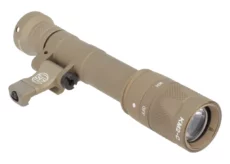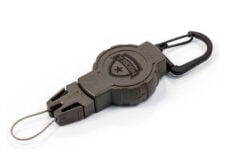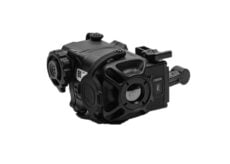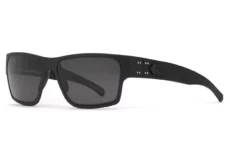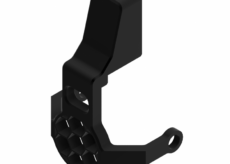Nightvision Guide
When you are looking for a Night Vision Device (NVD), then you most probably have a lot of unanswered questions. Let’s try to tackle some of those.
We are producing series of posts to offer more information about NVDs and related accessories. By combining real experience with tech talk, we hope to give you a good picture of:
- What are the main differences between different NVDs & IITs?
- Which generation of Image Intensifier Tube is best for what purpose?
- What benefits will come from using different accessories?
And as always, feel free to contact us via messenger or drop us an email if something does not make sense. Feedback is always appreciated!
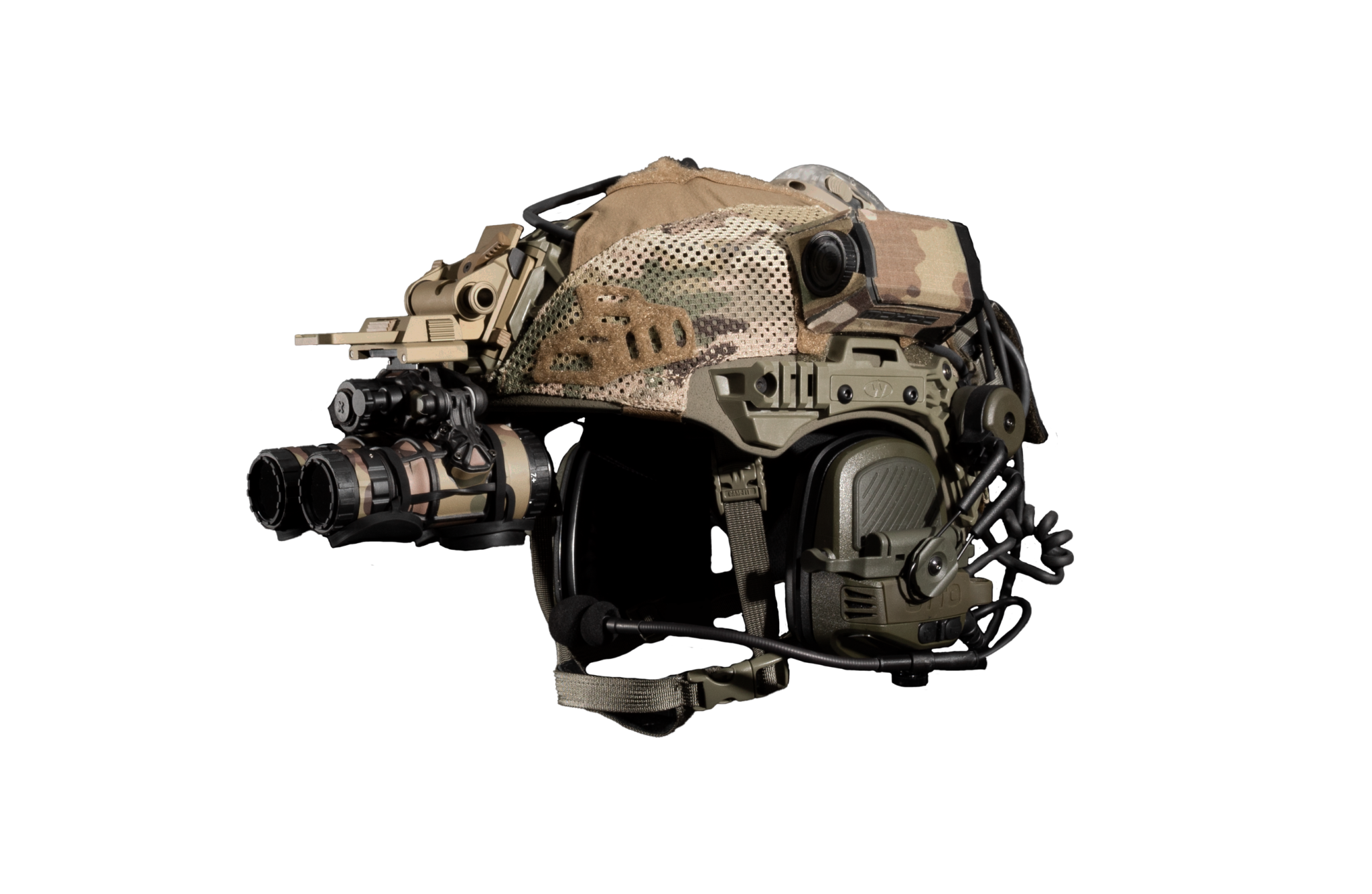
First things first – Ask yourself ‘Why?’
As possibilities are almost endless, to make a right decision you should consider what will be the end-use of the device and if it’s a stepping-stone or end-goal. How long you are going to keep the device? Do you plan to upgrade every year or do you plan to keep this device?
If you plan to sell it:
- Buy White Phosphor (WP), its much easier to sell it. Most NVD users consider WP as an upgrade to GP (even though it is not). Aftermarket is more interested in WP and seems that overall industry is moving towards WP.
- Prefer a legitimate manufacturer who has all the proper equipment to put the devices together and test them. Most people who put the devices together by themselves without having proper equipment and knowledge.
- Buy a unit that has a spec sheet, since your future buyers will ask for it (even though data sheets provides only half of the truth).
If you don’t plan to sell it:
- Try both Green Phosphor and White Phosphor – you never know which works best for you.
- Consider NVD as 5+ year investment. Even though you warranty is long gone after 5 years, those devices last for thousands if not ten thousand of hours. There are devices from the 90s that are still in use by military.
- Don’t forget that good optics can make big difference. Investing in good housing will pay for itself down the road. Not all PVS-14 units that are out there have good optics.
- Never share it with anyone. Well kept NVD will work for 10 000+ hours, while it can be ruined in 2 seconds by being careless or not knowing the dangers – even with AUTOGATED.
And lastly, does your life depend on seeing an opponent 10-15% further away? Why? Because – the more you pay, the less additional value you get from NVD.
Elements to compare
Fortunately, or not, there is no one concrete parameter to look at when comparing different NVDs. You should be looking at least following:
- Image Intensifier Tube (IIT), obviously – IIT are divided by generations, color, and ton of different parameters incl. tube optics.
- NVD Housing – not all housings are made the same way. Housing quality will affect weight, usability and durability of the device. And oh, let’s not forget all those additional features that housing electronics can provide.
- NVD Optics – mostly considered as part of the housing as they are assembled together. You can have IIT with incredible specs, but if the optics are bad, you won’t be able to see all that beauty.
Time to be more specific...
Please follow the below posts where we cover those topics in more detail.
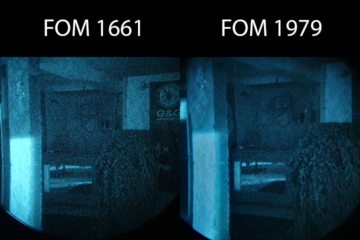
How big is the difference between FOM 1661 and 1979?
Until now, in our comparison blogs we have compared ECHO to a GEN3 and other GEN2s. You can read all about it here. However, we have never compared ECHO vs ECHO to answer a question “how big is the difference between FOM 1600 and FOM 1900?“. Now, we will try to
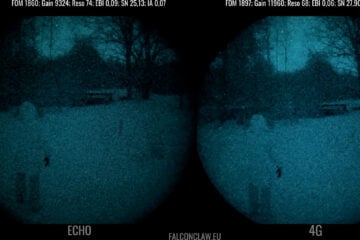
Round #1: Photonis ECHO vs 4G, Go!
We are aiming to provide series of “Round #” articles where we will compare different NVDs in same environments. There are many articles online that describe the performance of different generations, tube producers or optics. Truth is that usually comparable devices are not close to each other specification wise. We
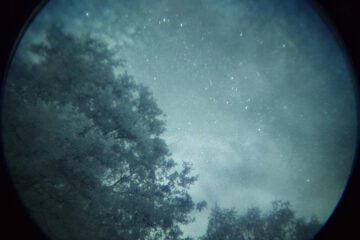
Nightvision Guide – Let’s talk IIT
Night Vision Guide – Let’s talk IIT This article is mainly written for night vision intensifier tubes (IIT) that are available in Europe. Unfortunately, US IITs are not available here and therefore we don’t include those in our review. What are the parameters to look for when comparing IITs? Figure
Fan Favorites
-
Surefire M640V Infrared Scout Light PRO Tan
€567.30 Add to cart In Stock -
Retractor S Lanyard
€29.48 Add to cart In Stock -
Jerry CE5 Clip-On-Thermal Imager
€3 391.60 Read more Out of stock -
Gatorz Delta Ballistics / Photochromic w/Anti-Fog / Black Anodized
€292.80 Add to cart In Stock -
IRay Jerry-C Lens Protector
€203.74 Add to cart In Stock
